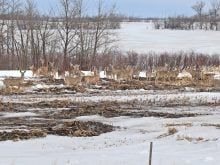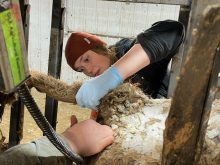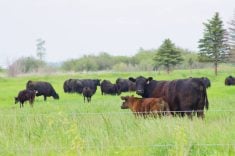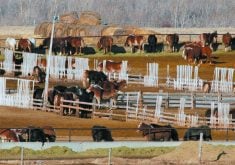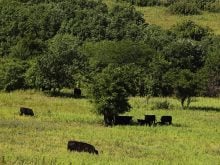Nowhere is the adage “the medium is the message” more applicable than the dissemination of research findings to those who will use the information.
Too often research results languish in scientific journals failing to reach the people who may ultimately use and benefit from the information.
But Steven Roche of ACER Consulting is trying to change this.
During a PhD program at the Ontario Veterinary College, he created a series of YouTube videos to take the message of Johne’s disease prevention from the research lab to producers. The three videos address implications of Johne’s disease from the perspectives of producers, veterinarians and industry.
Read Also
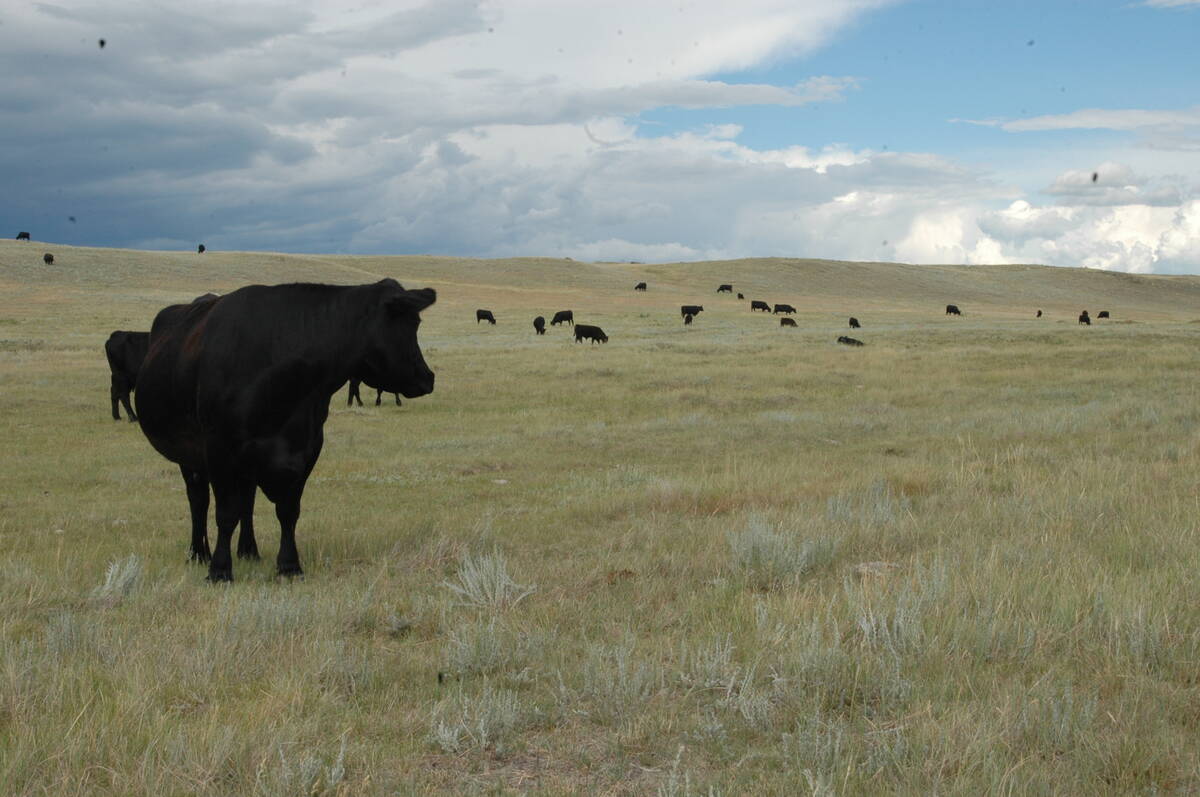
Canadian Food Inspection Agency slammed for handling of bovine tuberculosis case
The federal government leans heavily on producers to “take one for the team” and risk their livelihoods without any reassurance of support.
Dairy Farmers of Ontario, the Ontario Ministry of Agriculture and the University of Guelph funded the project.
Johne’s disease is a contagious illness caused by infection with the bacterium Mycobacterium avium subspecies paratuberculosis (MAP). It is mainly a problem in dairy cattle but beef herds and sheep can also be affected.
Typically, few individuals develop clinical disease, while most shed MAP in their feces and can spread it to other animals.
Milk production loss and early culling are the major economic impacts.
Those concepts and others are discussed in Roche’s videos, which are available on the JohnesDiseaseWhiteboards YouTube channel.
Created in the “whiteboard” style, the videos feature a series of cartoon images, including the MAP bacteria.
The fictitious farmer, Bob, talks about his experience with Johne’s disease management, including diagnosis, prevention and control at the farm level.
Over the five and a half minutes, he uses examples from his herd including the cows Daisy and Belle.
The whiteboard style seem particularly helpful for describing a disease like Johne’s, because the disease is chronic and many cows carry the bacteria without showing signs of illness.
“Johne’s isn’t all that engaging to begin with,” said Roche. “I wanted to do something engaging and different to communicate the results of my work.”
In particular, Roche aimed to understand the reasons producers do not implement control measures. He found that many producers believe they lacked the time, space or money to implement basic Johne’s control recommendations.
So Roche developed the videos from the perspective of a peer. Speaking from one producer to another, Bob shares his story.
This includes many of the simple things he did to improve Johne’s disease control that didn’t cost a lot of time or money.
Roche chose YouTube for a few reasons.
The video can easily be viewed and shared, it can integrate with other social media platforms and he can track how often it is viewed and in what countries.
Already the producer video has garnered more than 5,000 views on YouTube in 82 countries. Although it hasn’t ‘gone viral,’ Roche is pleased with the response.
“I like to say my video’s gone bacterial,’ he joked, referring to the steady rate of 20-30 views per week.
“It is rewarding to see people learn and enjoy it at the same time.”
In addition to the English videos, French and German translations are available with an Italian version in the works.
What started as a side research project has evolved into Roche starting his own consulting company with many more videos in production. He hopes this work will inspire others to try to improve how they communicate.
Researchers may not always do the best job of delivering their message, but most recognize the need to put the information into the hands of those who need it.
Increasingly, universities and funding agencies are asking re-searchers to share their results with the public. In this regard, Roche is taking a leading role.
“I wanted to practise what I preached. This is all about the conversion and mobilization of research that turns knowledge into real world changes.”
More on this topic is available online at: http://bit.ly/1M4QSAc.
The videos can be viewed here.



